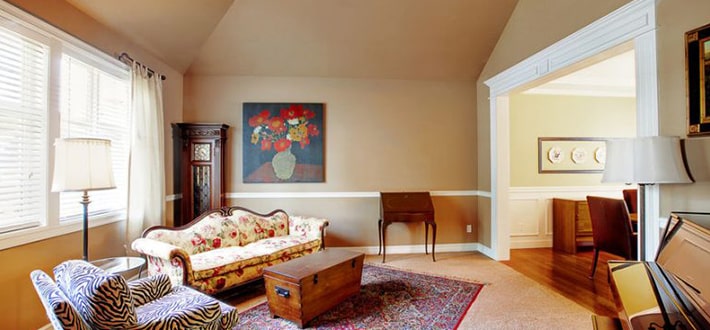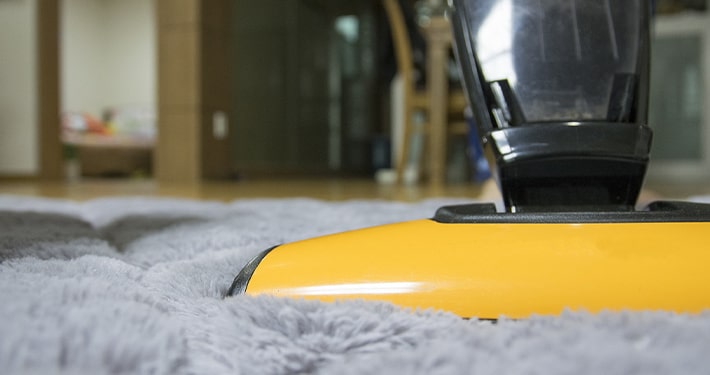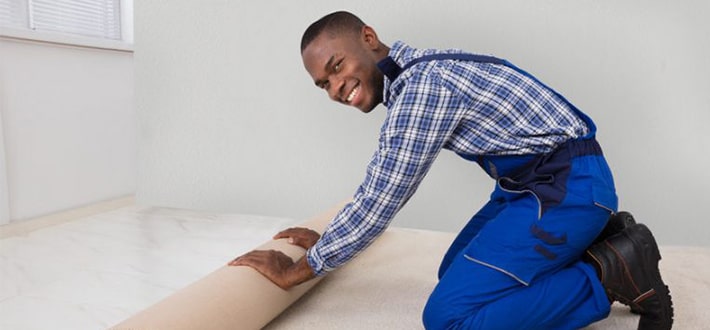The term Oriental rug is one that many of us recognize, and yet if asked to explain precisely what an Oriental rug is, we might not hit the mark. As one expert has said when trying to explain the differences in certain types of rugs, “An Oriental rug is a rug crafted in any of the “Oriental” countries other than Iran.” So, a rug from China, Turkey, India and other Oriental areas is an Oriental rug. Yet, so too is the rug known as a Persian rug. However, not all Oriental rugs are Persian rugs.
So, to put it plainly any rug that has its origins in Asia and East Asia is an Oriental rug, with the exception of those made in Iran, which are Persian. Many of these rugs are artisan goods and frequently made with time-tested methods and materials.
Materials Matter
There is tremendous variety in the kinds of materials from which old and modern Oriental rugs are made. You can find scores of them made of naturally dyed wool, gorgeous silks, and yet you can also find them made of synthetics. This is where the issue of value begins to emerge.
And as one report from CNBC so nicely explained, the “value of an Oriental rug is determined by the same factors that set the value of any work of art: authenticity, rarity, quality & condition. Plus, they are like diamonds — the bigger they get, their prices shoot through roof!”
As you can see, there are a lot of decision making factors when selecting carpet for stairs, but these are not the only considerations.
Authenticity First
Naturally, for the rug to be of value it has to be an authentic Oriental (or Persian). That means it is up to you to obtain provenance or proof from your seller that it is a rug made in and shipped from one of the countries that make it an authentic Oriental rug.
Sometimes, the patterns can help with this, but often it is down to obtaining documentary evidence. This usually leads some to wonder if commercially produced carpets count, and though they can go up in value, the machine-made versus handmade rugs always have the handmade as the most valuable.
Method Matters, Too
If a rug is to increase in value over time, it is the hand-woven, as we just indicated. Those that are silk on silk (meaning they use both a silk foundation and silk threads) seem to be the most valuable, but the silk on wool, wool on wool and wool on cotton carpets will also appreciate over time.
Hand-knotted rugs are the most valuable of them all, and particularly when they are well-preserved.
And that brings us to the main point of whether or not the Oriental rugs go up in value over time. The truth of the matter is that any well-made, artisan item is going to have inherent value. What establishes its value in later years is just how well it has been kept, and that is why one of the best things you can do after investing in an Oriental or Persian rug is to learn how to keep it clean, free of damage and in top condition. Having an expert cleaner is part of that process and should be who you consult when you purchase the rug.






